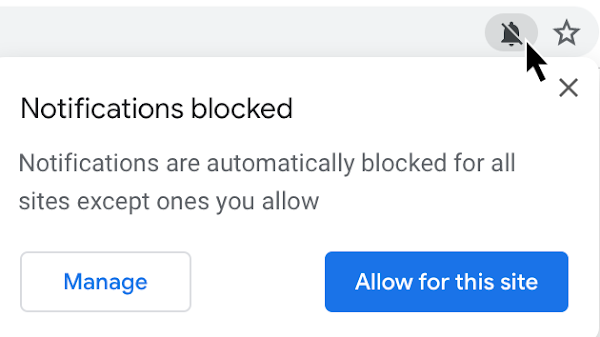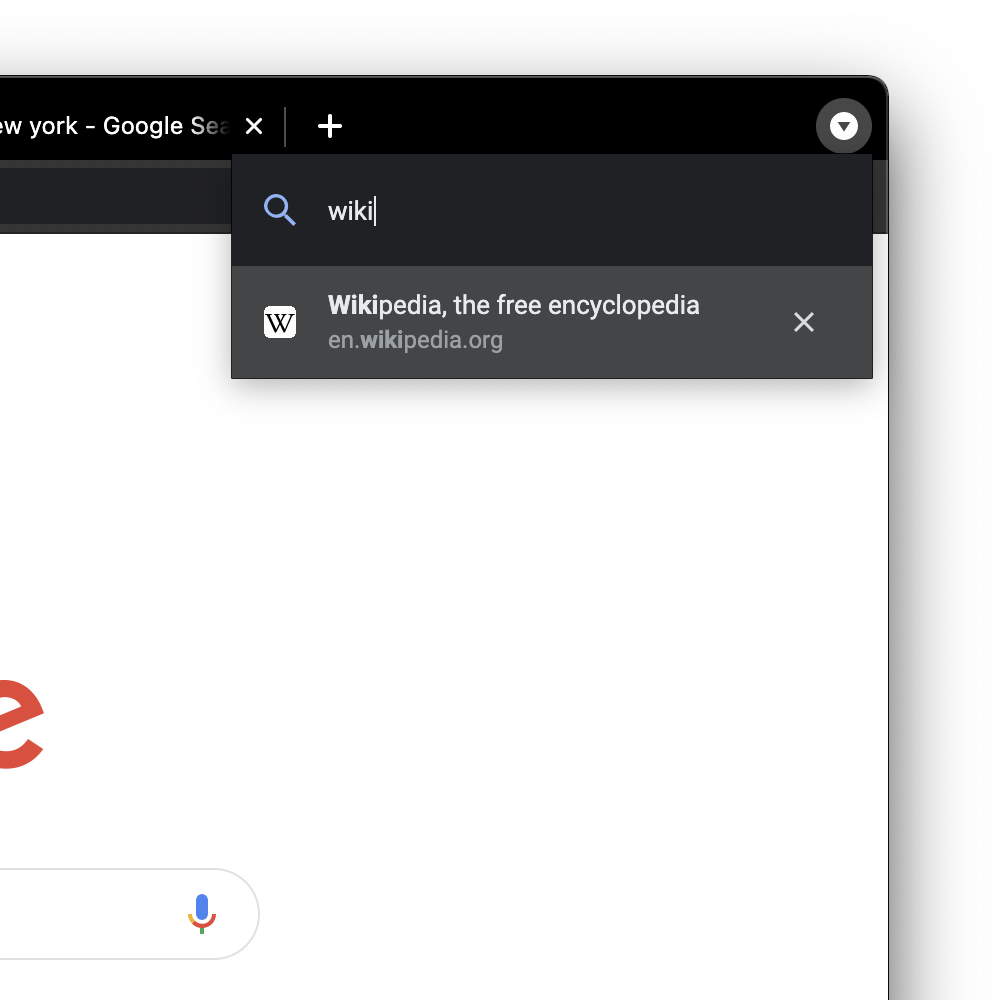After the release of version 88 on Android, Mac, Windows and Linux, the next version of the Google browser is being launched. Several user-oriented enhancements will begin to be implemented with Chrome 89.
For those who share computers (and browsers), version 89 is renewing Chrome profiles. It starts with a modernized page for selecting profiles “when Chrome opens”. A selector is also available in the drop-down menu that appears after touching your avatar image next to the Omnibox.
The creation experience was also updated with users first being asked to enable Chrome Sync to get “bookmarks, passwords, history and more on all their devices”. This involves signing in to your Google Account, while the next step is to personalize your profile with a name and theme color that helps differentiate your windows. This feature will be released on desktops in the coming weeks.
Chrome 89 is also getting simple Reading List which is available by tapping the star icon in the address bar. In addition to “Add bookmark”, there is a new option “Add to reading list”. A “Reading List” folder appears on the bookmarks bar. It is partitioned by “Unread” and “Pages you read”, with the last reached touching “Mark as read” – “Delete” is next to it – when hovering over the pages.


After launching on Chrome OS in December, Guide search is coming to desktops. You can tap the drop-down icon in the upper right corner or use Shift + Command + A (Mac) to get a list of pages open in all windows. The browser displays five at a time, while you can also quickly close the tabs from this view. If it is not yet active, connect it manually:
chrome: // flags / # enable-tab-search
Chrome 89 continues to work on less intrusive permission requests. Google will automatically block prompts – such as website notifications – that you are unlikely to allow. Instead of a prompt, a crossed out bell icon will appear at the end of the address bar. Touching opens a pop-up to allow alerts of your interest and a link to manage your settings.

Google’s work to encourage the adoption of HTTPS continues in this release. When users don’t specify a protocol when entering a URL, Chrome 89 first attempt to use HTTPS before going back to HTTP (as needed). This change is coming for Mac, Windows, Linux and Android first with iOS following in the next update.
THE WebHID (human interface devices – keyboards, pointing devices and gamepads) API is enabled by default in Chrome 89 on the desktop to help improve connectivity. Likewise, this version allows web pages to control 3D printers and microcontrollers without the need for additional adapters or drivers via Serial Web API.
Enabled in Chrome 89 for Android, NFC Web allows websites to read and write to NFC tags.
Following the desktop browser in version 85, today’s launch allows Android to decode AVIF images natively. This format is smaller in size than JPEG or WebP for faster loading and supports HDR colors.
Chrome 89 and newer will require x86 processors to support Streaming SIMD Extensions 3otherwise, the browser will not be installed. SSE3 was introduced on Intel processors in 2003 and on AMD chips two years later. This change does not affect ARM processors.
FTC: We use affiliate links for cars that generate revenue. Most.
Check out 9to5Google on YouTube for more news:


